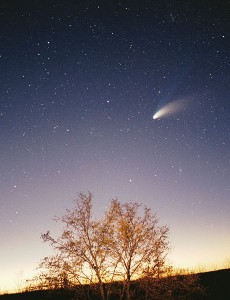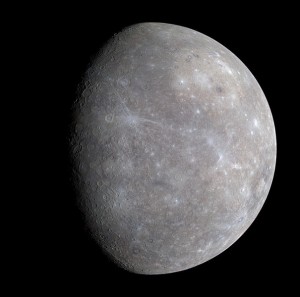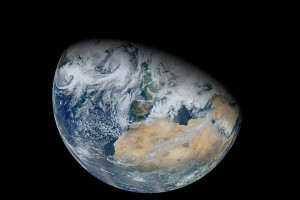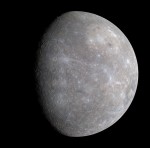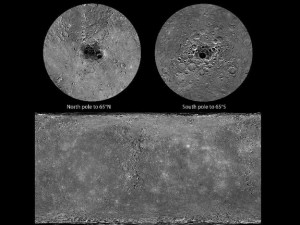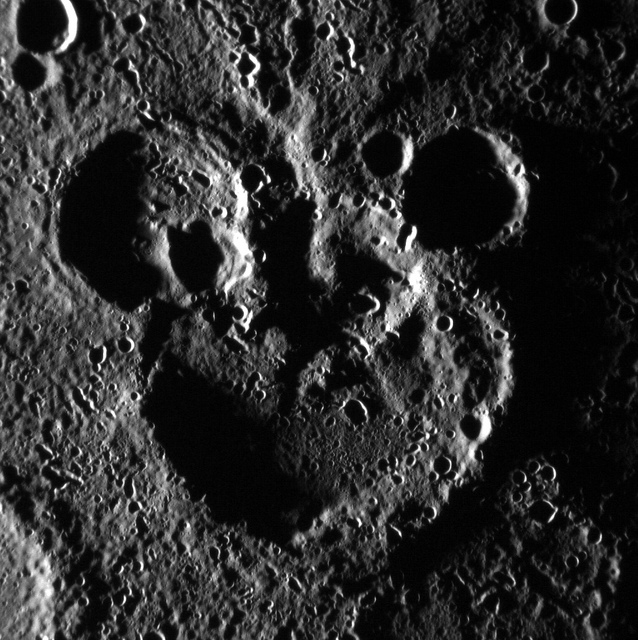
EXCLUSIVE
Weekly Underground Report #4
In report #3 ‘TAL’ touched on the Electric Universe and plasma physics. In this weeks report we look at an upcoming celestial happening that could be the sighting of the century, the coming of Comet ISON.” Of course I’m going down on record as a skeptic because I’m old enough to remember the hype around Comet Kohoutek.
What will happen during the close passing of Earth by this celestial object is an unknown. However if what happened during the comet’s passing of Mars is any indication, it caused the entire planet to glow with plasma. We might be in for a wild, possibly dark ride.Then there are the mythical connections. ‘TAL’ gives us an insight into upcoming possibilities. . . EDITOR
The ‘TAL’ Zone
Compiled from the underground Research of ‘TAL”
First we need to familiarize ourselves with what is known about Comet Ison’s travels through our galaxy as it heads towards our bright blue planet.
From UFO Sightings Hotspot:
Comet ISON and Mercury’s Electrical Phenomenon 2013
Geologists estimate that Mercury’s iron core occupies about 42% of its volume and it has a large magnetic field, for Earth this iron core proportion is 17%. Earth however is denser overall.
Mercury’s core has a higher iron content than that of any other major planet in the Solar System. Mercury’s core makes it the most iron-rich planet in the solar system, with iron accounting for 65-70% of the planet’s mass. This should allow us from Earth to see unprecedented Magnetic Field interactions between Comet ISON, Mercury and our Sun (November 12-18, 2013.) . . . Read Complete Report
From youtube uploaded by David Stig Hansen on Oct 14, 2013
Comet ISON and Mercury’s Electrical Phenomenon Nov 12-18 2013 Return of Mythical Plasma Dragons
From youtube uploaded by David Stig Hansen on Oct 17, 2013
Comet ISON: Electric Phenomenon Prediction on Oct 19-21 2013 Mars Earth Sun T-Junction
The comet will pass it’s closest to Earth on December 26th. On that day it passes our planet by a mere 42 million miles give or take a few thousands. How will it affect our world? First let us take a look at what the controlled MSM is saying. From the Fox Network:
2013 MASSIVE Asteroid Pass By Earth! Will It Impact?
From youtube uploaded by nemesis maturity
COMET ISON – 3 COMETS THREATEN EARTH WITH UNPRECEDENTED METEOR SHOWER
Published on Oct 31, 2013
Comet ISON Update: October 31,2013
Comet ISON (C/2012 S1)
Constellation: Leo
Magnitude: 8.59
Distance from Sun: 153,310,214 km [41.2 km/s]
Distance from Earth: 188,887,782 km [49.1 km/s]
Perihelion: 28 Nov 2013 [-28d 9h 53m 35s] .m,lk . . . From description uploaded with video.
But that’s only a part of what many believe is coming with this comet . From the highly religious we include this youtube report downloaded by the TriState MinistryCenter:
Warning To The World – Comet ISON
And then there is this report posted on youtube by myiceman69:
WARNING NASA ASTRONOMER LEAKS TRUTH ABOUT COMET ISON 4/27/2013
And of course the worst scenario as in these calculations uploaded to youtube by djorbitek.
Comet ISON to hit Planet Earth
One place we should not forget to look when we are studying the heavenly bodies is the mythical past. A great place to get a quick understanding of that angle is the youtube movie uploaded by the ThunderboltsProject.
Symbols of an Alien Sky | Official Movie
Published on Dec 4, 2012
Here we offer David Talbott’s first glimpses of celestial dramas in ancient times. Just a few thousand years ago a gathering of planets hung as towering forms in the ancient sky close to the earth, provoking spectacular electric discharge formations above our forebears.
More to Come . . . You are leaving the ‘TAL’ Zone.
Dig a LITTLE DEEPER ~ THEI Archive “The ‘TAL’ Zone”

